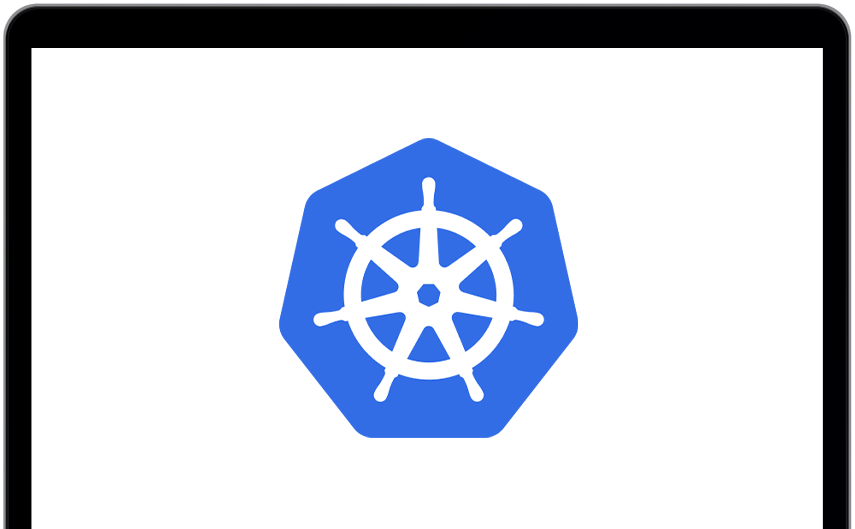Technology services we provide
We use Kubernetes in a wide range of services.
Automated Scaling: Ensures applications scale efficiently based on demand.
Load Balancing: Distributes traffic for optimal performance and uptime.
Zero Downtime Deployments: Enables seamless updates without service interruption.
Microservices Architecture: Enhances modularity and scalability.
Containerized Applications: Ensures consistency across development, testing, and production.
Multi-Cloud Deployment: Supports AWS, Azure, Google Cloud, and hybrid cloud environments.
Cluster Monitoring & Optimization: Ensures high availability and performance.
Automated Backups & Disaster Recovery: Protects against data loss and system failures.
Log Management & Observability: Provides insights for troubleshooting and debugging.
Automated Build & Deployment: Speeds up software release cycles.
GitOps & Infrastructure as Code (IaC): Ensures consistency in configuration and deployment.
Rollback & Version Control: Enables quick recovery from failed updates.
Infrastructure Automation: Streamlines provisioning and configuration.
Continuous Monitoring & Performance Tuning: Improves system reliability.
Cost Optimization Strategies: Ensures efficient resource utilization.
Cross-Cluster Networking: Connects multiple Kubernetes clusters seamlessly.
Federated Kubernetes Management: Enables unified governance of distributed environments.
Speed your project forward with
Smoothshoring™
Experience the Glatco difference when you work with our US-based program managers, tech leadership, and executive coaches to smooth the process of your technical projects and outsourcing.
What are the benefits of using this technology
Dynamic Resource Allocation: Automatically adjusts resources based on demand.
Horizontal & Vertical Scaling: Efficiently scales applications up or down to optimize performance.
Load Balancing: Ensures even traffic distribution across containers.
Self-Healing Mechanisms: Automatically restarts failed containers and replaces unhealthy nodes.
Rolling Updates & Rollbacks: Deploy updates without downtime and revert if issues arise.
Fault Tolerance: Ensures application uptime even during failures.
Optimized Workloads: Maximizes hardware usage to reduce infrastructure costs.
Multi-Tenancy Support: Runs multiple applications efficiently on shared infrastructure.
Node & Cluster Management: Streamlines resource allocation and workload distribution.

Tailored ways to work with you
Smooth from start to finish





